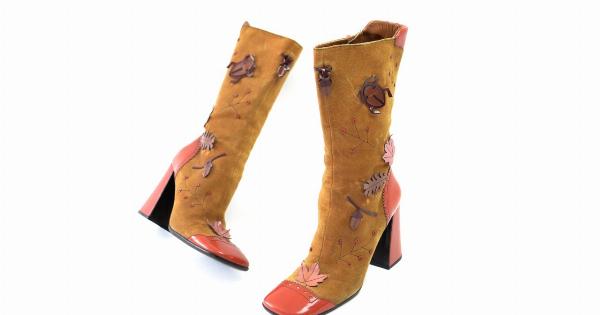Heel pain is a very common problem and can affect anyone at any point in their life. It can occur on the bottom, back, or side of the heel. Heel pain can range from mild to severe and can cause a lot of discomfort.
There are many different causes of heel pain, and the treatment options depend on the underlying cause. In this article, we will look at the causes, symptoms, and treatment options for heel pain.
Causes of Heel Pain
Heel pain can be caused by various factors, including:.
- Plantar Fasciitis
- Achilles Tendinitis
- Heel Spurs
- Stress Fractures
- Bursitis
- Heel Bumps
- Tarsal Tunnel Syndrome
- Severs Disease
Symptoms of Heel Pain
The symptoms of heel pain can vary depending on the underlying cause. Some common symptoms of heel pain may include:.
- Pain in the heel
- Swelling in the heel
- Redness or warmth in the heel
- Limping or difficulty walking
- Tenderness in the heel
- Stiffness in the heel
- Sharp or dull pain in the heel
Treatment Options for Heel Pain
The treatment options for heel pain depend on the underlying cause. Some common treatment options may include:.
- Rest – Resting the foot and avoiding activities that aggravate the heel pain can help reduce the symptoms.
- Ice – Applying ice to the affected area can help reduce the swelling and pain.
- Compression – Wearing a compression bandage or wrap can help reduce the swelling and provide support to the foot.
- Elevation – Elevating the foot can help reduce the swelling and promote healing.
- Physical Therapy – Physical therapy can help reduce the pain and improve the function of the foot.
- Orthotics – Wearing orthotics or shoe inserts can help correct the alignment of the foot and reduce the pain.
- Medications – Some medications, such as nonsteroidal anti-inflammatory drugs (NSAIDs), can help reduce the pain and inflammation.
- Surgery – In severe cases, surgery may be necessary to correct the underlying problem.
Prevention of Heel Pain
Some ways to prevent heel pain include:.
- Wearing shoes that fit properly and provide adequate support
- Stretching before physical activity and cooling down afterward
- Maintaining a healthy weight
- Avoiding high-impact activities that stress the heels
- Gradually increasing the intensity and duration of physical activity to avoid overuse injuries
- Taking adequate rest between activities
When to See a Doctor
It is important to seek medical attention if the heel pain does not improve with home remedies, if the pain is severe, or if there is numbness or tingling in the foot.
Prompt treatment can help prevent complications and improve the chances of a full recovery.






























